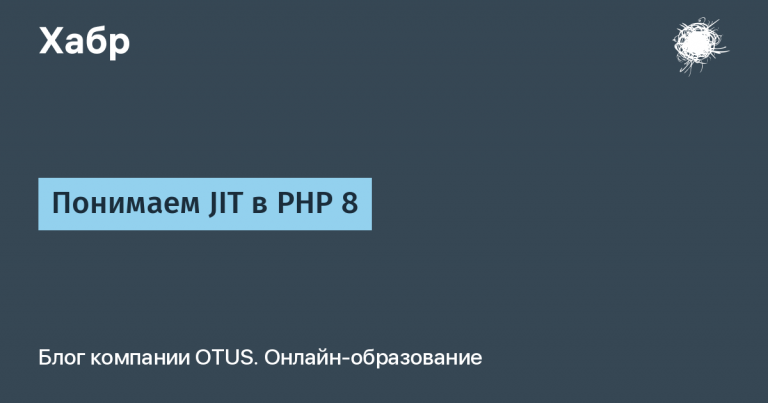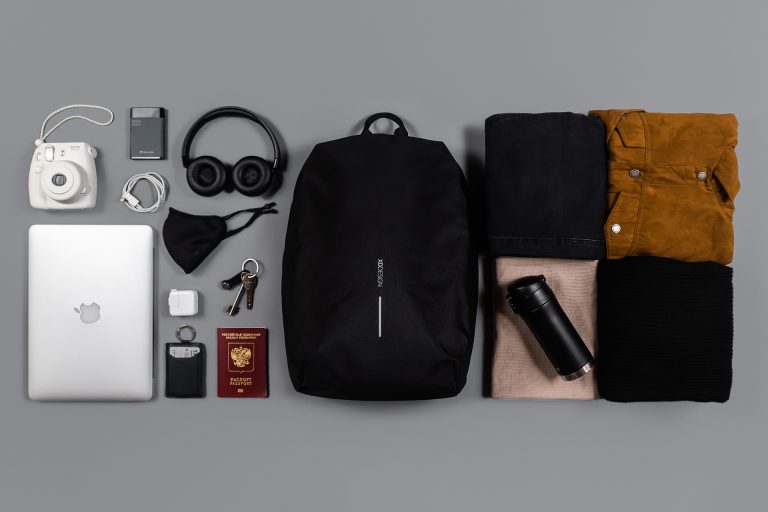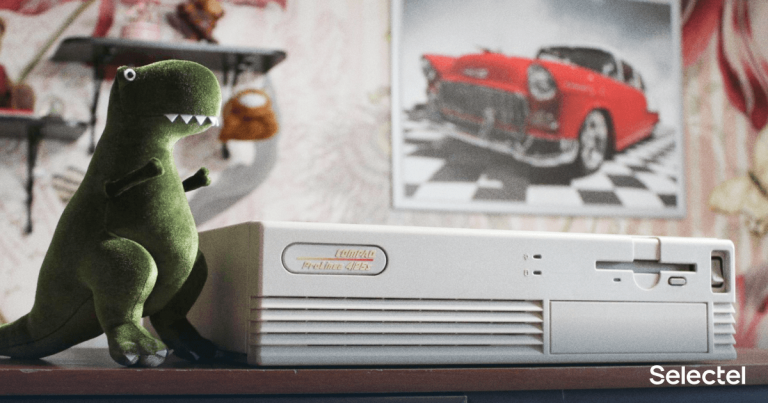I Did a 6-Day Dopamine Detox – And This Is What Happened
What's happened dopamine and why is it considered a hormone that promotes distraction among self-improvement enthusiasts?
The expression “dopamine detox” at first glance sounds like a complete refusal of dopamine for some time, which is fundamentally wrong. It is impossible to get rid of dopamine.
Dopamine is often called the “feel good” neurotransmitter, but its function is to regulate the motivation and reward system. When dopamine levels rise, the body receives a signal that an activity is enjoyable and worth repeating.
The problem is that dopamine is actively released during scrolling through social networksand upon reaching any significant goal.
While on social media:
Regular discharge occurs due to likes, new comments or messages. Every little thing brings satisfaction.
This is where the principle of operation of social media platforms comes from – they skillfully exploit this mechanism.
Such short-term and frequent discharge can lead to the formation of a habit.
When you achieve a really important goal:
You spend a lot of effort, time and work, so dopamine is released only after the goal is achieved, and not every minute.
This process can also lead to habit formation, but it happens much more slowly because dopamine is released irregularly.
Here's what helps keep dopamine released regularly:
spending hours on social networks;
prolonged sessions of playing video games;
watching several episodes of a TV series in a row (binge watching);
consumption of large amounts of sweet or unhealthy foods;
making impulse purchases, especially online;
gambling;
checking notifications on your phone;
aimless surfing the internet;
endless scrolling through news feeds (doomscrolling);
setting goals but failing to take actual action (this is also the reason why many people focus more on planning than on executing their plans).
Here are the actions that give a real positive result, but require effort and time:
regular exercise;
achieving set goals;
hobby;
acquiring new skills;
meditation;
quality time spent with family and friends;
reading;
walks or outdoor recreation.
The point of a dopamine detox is not to give up dopamine – that's impossible.
The goal is to stop relying on dopamine for instant gratification and instead train your brain to replace immediate urges with healthy habits that lead to long-term success. You need to get real, quality reinforcement and repeat cycles of effort to feel rewarded until you no longer feel the urge to return to bad habits.
What will you get if the detox is successful?
Fewer distractions means more time to focus on your goals.
Better decision making – Without the constant bombardment of stimuli, you'll feel mentally refreshed.
More enjoyment from simple pleasures – As people become less sensitive to constant dopamine stimulation, they often discover pleasure in activities they previously ignored (such as reading or walking).
The desire to set more goals and achieve them. You will stop depending on social networks as a source of dopamine, and your main resource will be achieving meaningful goals. Soon, this will develop into a healthy habit.
Reduce your reliance on external approval – By breaking the cycle of seeking approval through social media, you can also become more confident without external approval.
Step by step dopamine detox
Step 1: Identify activities in your lifestyle that are somehow connected to instant gratification
In my case, these were:
social media (aiminglessly scrolling through Instagram, Reddit, YouTube Shorts, Quora, and sometimes even Medium);
desire to eat something unhealthy during the day;
serial “binges”;
Excessive listening to music.
Step 2: Find ways to block out all distractions
In the beginning, you shouldn't rely on willpower, it won't be enough to get rid of all the distractions. Motivation will help you get through the first two days, but on the third day, you will do everything to “at least glance at Instagram” or “watch at least one episode.”
This is what I did:
I blocked all social networks with Cold Turkey (the toughest website and app blocker for MacOS and Windows) and allowed myself to use Medium, Pinterest and YouTube only for an hour a day.
I went even further and deactivated several of my accounts, because the more difficult it is to access the platform, the easier it is to avoid it.
I banned myself from buying unhealthy food for a month and asked a friend to help me control myself.
Added Netflix to the list of banned sites in Cold Turkey.
I deleted Spotify from all my devices and hid all my headphones (I usually only listen to music on them).
Step 3: Replace all your bad habits with something meaningful
Whenever I felt like reaching for social media, I started reading. The first few days were tough, but eventually boredom forced me to pick up a book.

When I wanted to watch TV, I went for a walk (without headphones!).
Whenever I wanted to eat unhealthy food, I would immediately open recipes for healthy snacks that I could make instead of some junk food. It sounds silly, but the desire to cook something myself and have fun while doing it was stronger than the desire to eat a bag of chips.
The hardest thing to deal with was music. It was a way for me to relax, but over time it became a distraction, so I made a list of activities I could do instead to recharge my batteries. (Reading, drawing, journaling, meditating, calling friends or family, going for walks with loved ones).
The rule of the path of least resistance
Remember that it is easy to break bad habits. Change your environment so that instant gratification becomes difficult to achieve and the implementation of useful practices becomes easy.

What I did:
I made it easier to access books by taking a few books from my library and putting some of them next to my bed and some on my desk so they were always at hand.
I set my laptop to turn off at 10:00 PM so I don't have to sit in front of the screen until night.
I put all the chargers in another room (which was also on the floor below) so that I could move all my devices there at night.
I changed my phone's color scheme to grayscale and only kept boring apps that made me not want to use my phone outside of calls.
Every morning I woke up to the alarm on my smartwatch and didn't approach the screen for at least 30 minutes after waking up.
All these changes seem very small, almost insignificant, but in the end it is the triggers that matter. Just one action can lead to either you scrolling through social networks until late at night, or to you devouring an interesting book in a couple of hours and happily going to sleep.
Results
I only followed this schedule for 6 days and it's crazy to realize how much time social media steals from your life.
I read two books in 6 days.
Every day I walked for at least 15 minutes, although before I didn’t have time for this.
The habit of scrolling social networks disappeared, and my sleep schedule improved dramatically – I began to sleep 8-9 hours a day.
By the 7th day, listening to music no longer distracted me, I could enjoy my rest without feeling like I was wasting my time.
I was finally able to work on my personal projects after months of procrastination. Boredom forced me to reflect on my plans for April and May, and I made progress on a number of my goals.
This experiment helped me realize how much I could get done in a week without social media and other easily distracting distractions.




